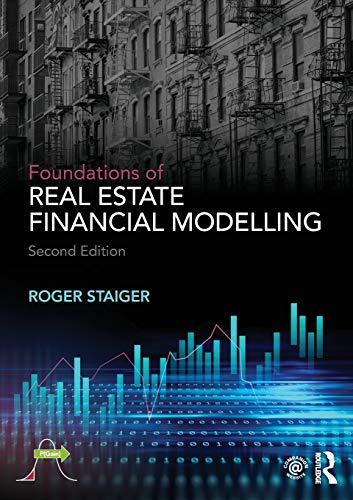Answered step by step
Verified Expert Solution
Question
1 Approved Answer
MAMB 2 6 1 3 [ Online ] Individual Assignment Due dates: 3 1 May / 7 June 2 0 2 4 Instructions: 1 .
MAMBOnline
Individual Assignment
Due dates: May June
Instructions:
Answer the questions in this MS Word file use this MS Word file as your Template to answer the questions below.
You are allowed to use MS Excel to obtain answers for questions and of this assignment.
You are not allowed to use MS Excel to answer questions and ie typed answers with calculations are required
Excel inserts are just tools to obtain answers related to not answers on their own.
Paste only the applicable Excelbased answers neatly onto this MS Word answer sheet as I prefer to mark the Word document.
Any parts pasted in this MS Word file must not hav
e sections that are not cut off in the Word document. Make sure to paste neatly.
Also submit your Excel file on BB
BML Ltd must evaluate the following two projects and decide which project to undertake during the second half of As a member of the financial management team, you are instructed to assist in the capital budgeting process by analysing the financial viability of both projects. So far, your team compiled the following projected cash flows for both projects:
Project is a year project with the following projected cash flows:
Year Cashflows Project
Initial investment R
Net Operating cashflows R
Net Operating cashflows R
Net Operating cashflows R
Net Operating cashflows R
Net Operating cashflows R
Net Operating cashflows R
Net Operating cashflows R
Net Operating cashflows R
Net Operating cashflows R
Net Operating cashflows R
Net Operating cashflows R
Net Operating cashflows R
Net Operating cashflows R
Net Operating cashflows R
Project is an year project with the following projected cash flows:
Year Cashflows Project
Initial investment R
Net Operating cashflows R
Net Operating cashflows R
Net Operating cashflows R
Net Operating cashflows R
Net Operating cashflows R
Net Operating cashflows R
Net Operating cashflows R
Net Operating cashflows R
Net Operating cashflows R
Net Operating cashflows R
Net Operating cashflows R
Net Operating cashflows R
Net Operating cashflows R
Net Operating cashflows R
Net Operating cashflows R
Net Operating cashflows R
Net Operating cashflows R
Net Operating cashflows R
Both projects are expected to have a terminal cash flow equal to of the initial investment. Terminal cash flows must still be added to the last projected cash flow.
BML Ltd can only afford to undertake one of these projects and the funds required for the project will have to be obtained with longterm financing ie longterm loans, ordinary shares and preference shares
BML Ltd will maintain the current longterm capital structure weights based on book values of longterm capital sources in the June balance sheet for the foreseeable future. Accordingly, the current book value weights must be used for WACC calculations.
The ordinary share dividend history is as follows and can be used to estimate the cost of ordinary shares ks by using the Gordon constantgrowth DDM model:
Dividend History
R R R R R R R R
BML Ltd has a Beta coefficient beta of The current riskfree rate Rf is and the expected market rate of return on all assets km is This information can be used to estimate the cost of ordinary shares ks by using the Capital Asset Pricing Model CAPM
The financial statements for the financial year ending June are as follows:
Questions
Calculate the percentage weight that the sources of longterm financing made up of total longterm financing during :
Capital Structure:
Sources of Financing Weight of Longterm
Financing
Weight
Longterm Debentures
Longterm Bonds
Ordinary Shares and reserves
Preference Shares
Total longterm financing
marks
Use the weights in the previous question to calculate the WACC for BML Ltd as measured on June However, since two methods for calculating Ks can be used, you are required to calculate two WACC estimates. Call one estimate WACCCAPM and the other estimate WACCDDM Make sure to calculate each part of the cost of capital in detail and to show how it was calculated. marks
Evaluate the projects by using the following evaluation methods to determine which project is the best:
Payback period marks
Discounted payback peri
Step by Step Solution
There are 3 Steps involved in it
Step: 1

Get Instant Access to Expert-Tailored Solutions
See step-by-step solutions with expert insights and AI powered tools for academic success
Step: 2

Step: 3

Ace Your Homework with AI
Get the answers you need in no time with our AI-driven, step-by-step assistance
Get Started


